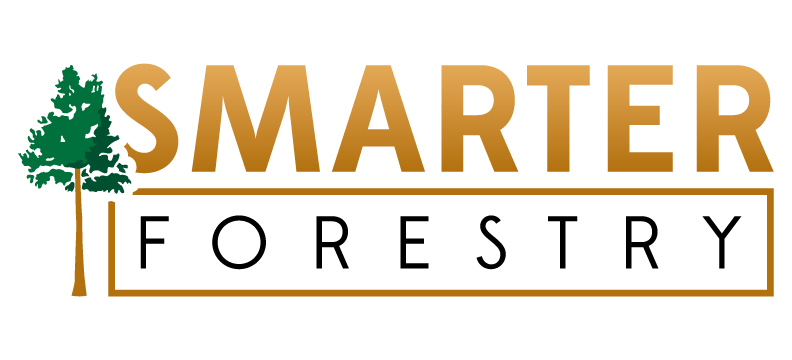Forest Level Planning
Forest level planning, as the phrase implies, is an attempt to plan harvest or rotation ages for an entire property or ownership over an extended time frame called the planning period. This process is also called harvest scheduling. For organizations with a financial return objective, forest level planning involves (1) developing a list of potential management regimes (alternative ways of managing each stand) with typically 50 to 150 different alternatives for each stand, (2) estimating the mix of products and value at each year of the planning period for each potential management regime, and (3) choosing the best management regime for each stand to maximize the financial return to the landowner. Developing the alternative product mixes and values at each year requires estimating the future growth of each current stand using alternative silvicultural treatments such as thinning or fertilization. The models in the Smart System for Timberland Management™ provide that.
Experienced. Objective. Tailored. Punctual. Smarter.



